 |
 |
 |
 |
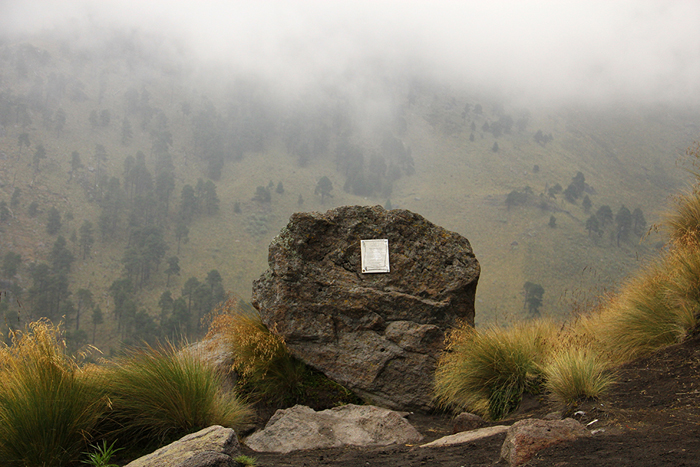
Alex Dorfsman. De la serie Resonancia
México y otros países, 2014
Impresión digital

Alex Dorfsman. De la serie Resonancia
México y otros países, 2014
Impresión digital

Alex Dorfsman. De la serie Resonancia
México y otros países, 2014
Impresión digital

Alex Dorfsman. De la serie Resonancia
México y otros países, 2014
Impresión digital
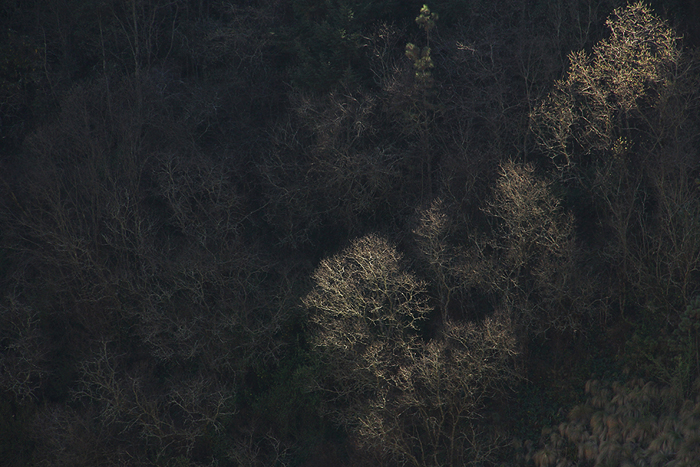
Alex Dorfsman. De la serie Resonancia
México y otros países, 2014
Impresión digital

Alex Dorfsman. De la serie Resonancia
México y otros países, 2014
Impresión digital

Alex Dorfsman. De la serie Resonancia
México y otros países, 2014
Impresión digital

Alex Dorfsman. De la serie Resonancia
México y otros países, 2014
Impresión digital

Alex Dorfsman. De la serie Resonancia
México y otros países, 2014
Impresión digital
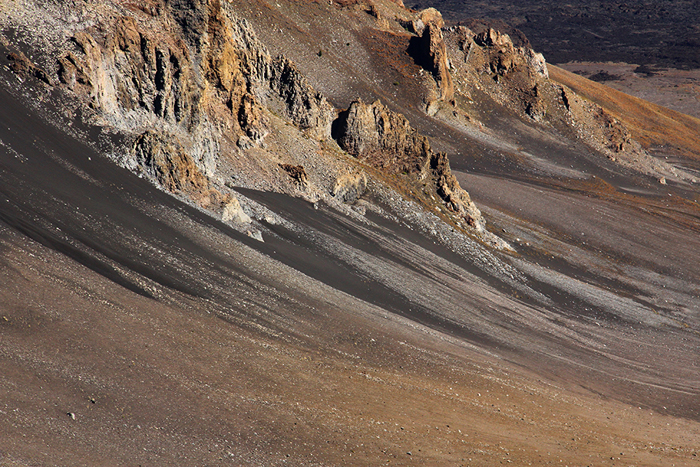
Alex Dorfsman. De la serie Resonancia
México y otros países, 2014
Impresión digital
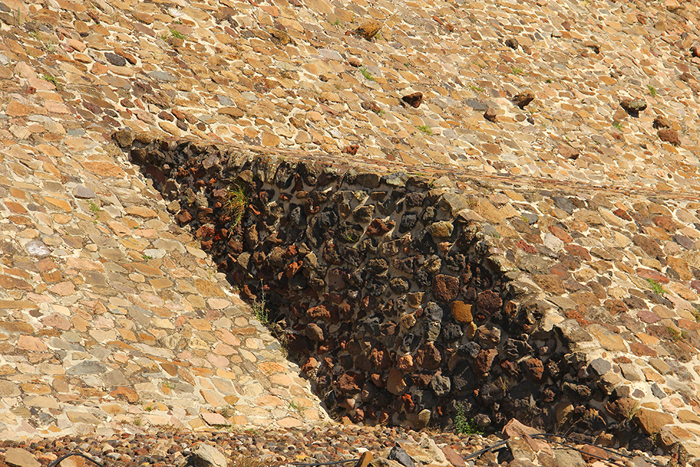
Alex Dorfsman. De la serie Resonancia
México y otros países, 2014
Impresión digital

Alex Dorfsman. De la serie Resonancia
México y otros países, 2014
Impresión digital

Alex Dorfsman. De la serie Resonancia
México y otros países, 2014
Impresión digital
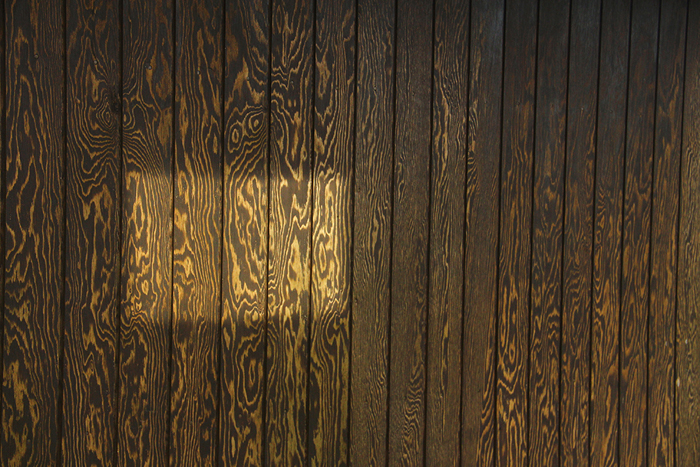
Alex Dorfsman. De la serie Resonancia
México y otros países, 2014
Impresión digital

Alex Dorfsman. De la serie Resonancia
México y otros países, 2014
Impresión digital

The hidden grandeur of small things
Eduardo Galeano
Memory (individual as well as collective) is composed of image fragments that have much to do with our subjectivity: a partial vision of reality. Photography constitutes present-day memory. A memory that is sometimes abstract and sometimes very concrete.
What interests me most about this medium is the image's ambiguity, the feeling of looking at something with countless meanings, whether it's because of the framing of individual photographs, or because of their juxtaposition. Thus, photography allows us to render abstract sections of what we call "reality" and create new figurative and conceptual realities. Abstraction kindles our imagination, offering us possibilities of interpretation without imposing an overarching concept.
The amount of images that we store has led to an intense discussion about the need to edit, select and even observe things at a new, slower, more contemplative pace. Our method of filing images away becomes our memory and lends them new meaning. This is what becomes the main challenge of any collector of photographs.
My photography practice involves editing reality at the moment of observation. By framing reality with the camera, I isolate a fragment of it, which becomes an independent being. A broad collection of discrete images is amassed (people, objects, landscapes, animals, plants, architecture, etc.) creating archipelagos and constellations—a new grouping in which images depend on each other without surrendering their autonomy. Comparing these images with no specific narrative evinces, among other things, the way in which all things can be subtly connected, in spite of their physical or metaphorical separateness. This fragmented harmony, this fragmentation or free association we make use of—at a time when everything has already apparently been said and been labeled—is what can kindle emotions in the maker and in the viewer.
I see my work in photography as a collector of situations that are already there—on the street, in the forest, in a puddle—but that can be conceived in different ways. To me, photography is a form of voluntary construction, an abstraction that creates a unity based on diversity through the acts of observing, classifying and editing.
→ Read more
→ Bio
Mexico City, 1977. Studied visual art at the Escuela Nacional de Pintura, Escultura y Grabado "La Esmeralda." His work has been featured in various group shows in Mexico, the United States, Canada, France, Germany, Spain, the United Kingdom, Russia, New Zealand and China. His solo shows include 3 pausas rumbo a Nikko and This Mountain Collapsed and Became a Bridge. He received the Fonca's Fomento a Proyectos y Coinversiones Culturales grant (2007-08) and the Fonca's Jóvenes Creadores grant (2005-06). In 2011 he was awarded the Premio de Fotografía Latinoamericana Purificación García. He has published five books of photographs and was the coeditor of La Panadería 1994-2002 (Turner, 2004). His work forms part of the collection of the Museo de Arte Moderno, Museo MARCO, Fundación Televisa, Purificación García, and the Art Museum of the Americas, among others. He is a member of the Fonca's Sistema Nacional de Creadores.